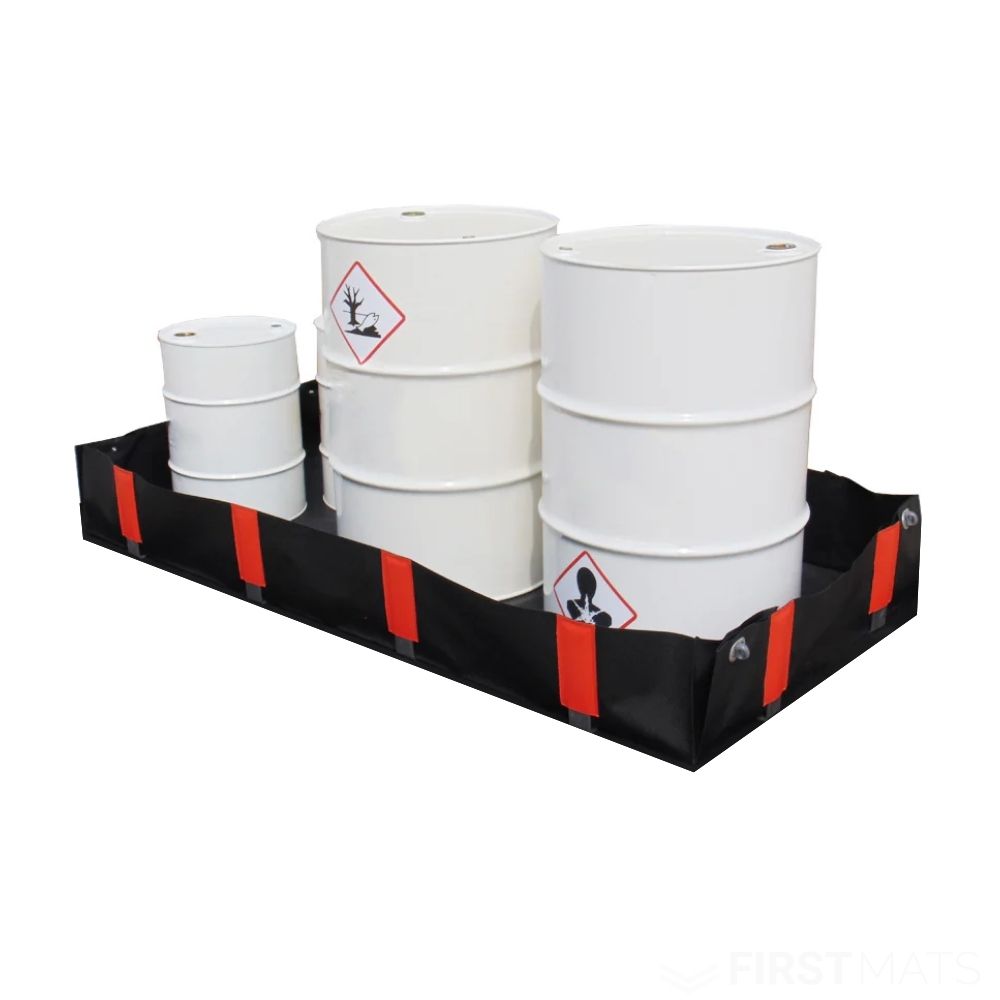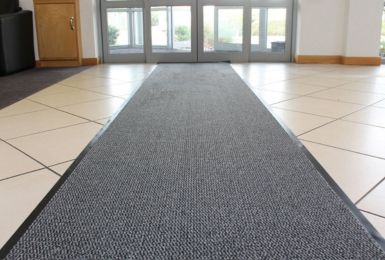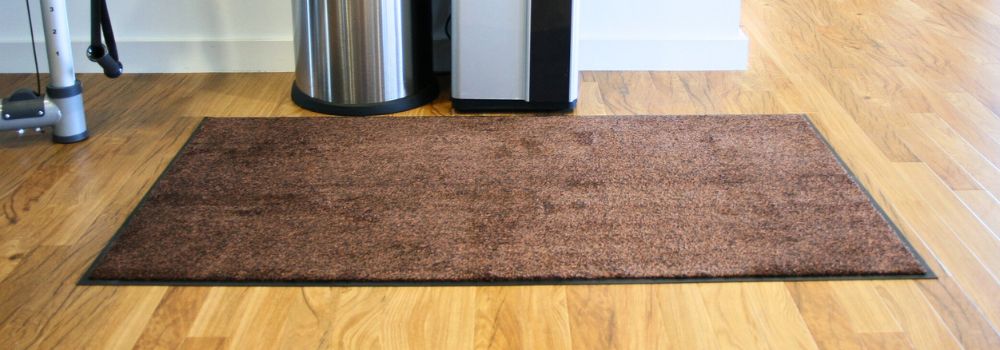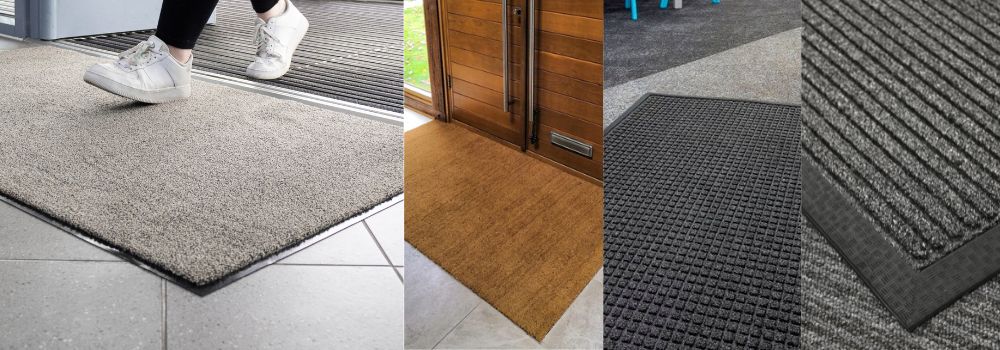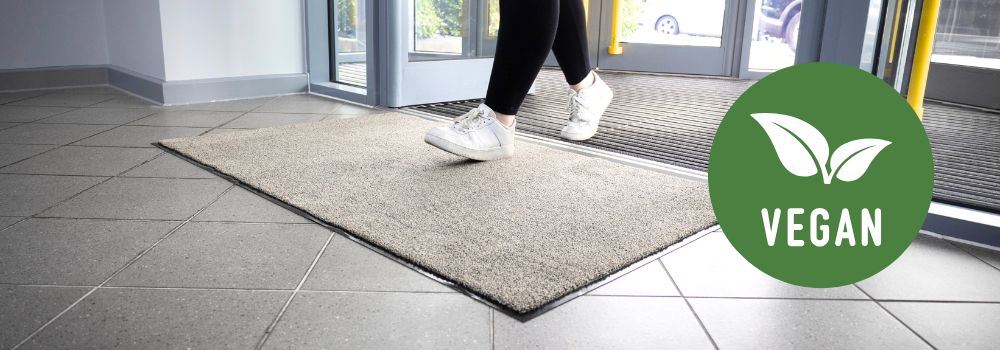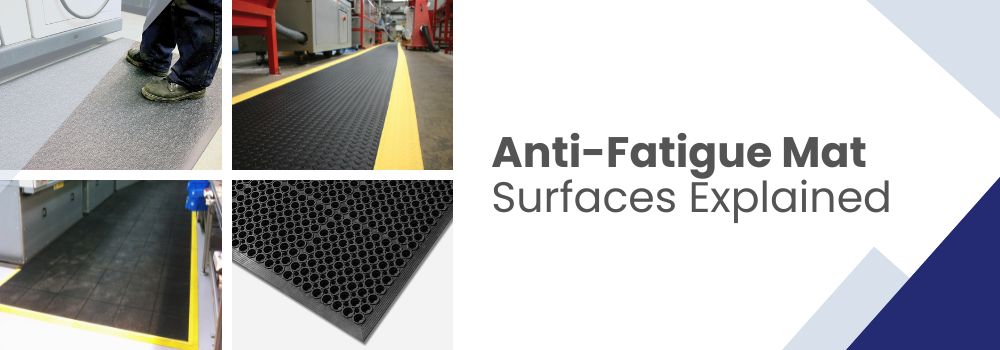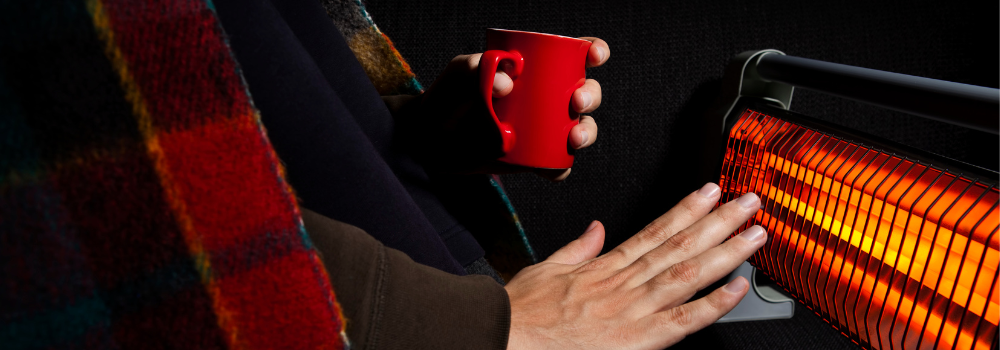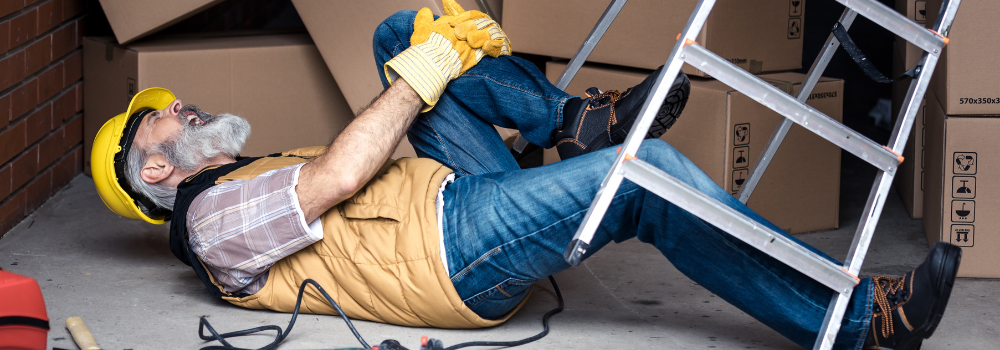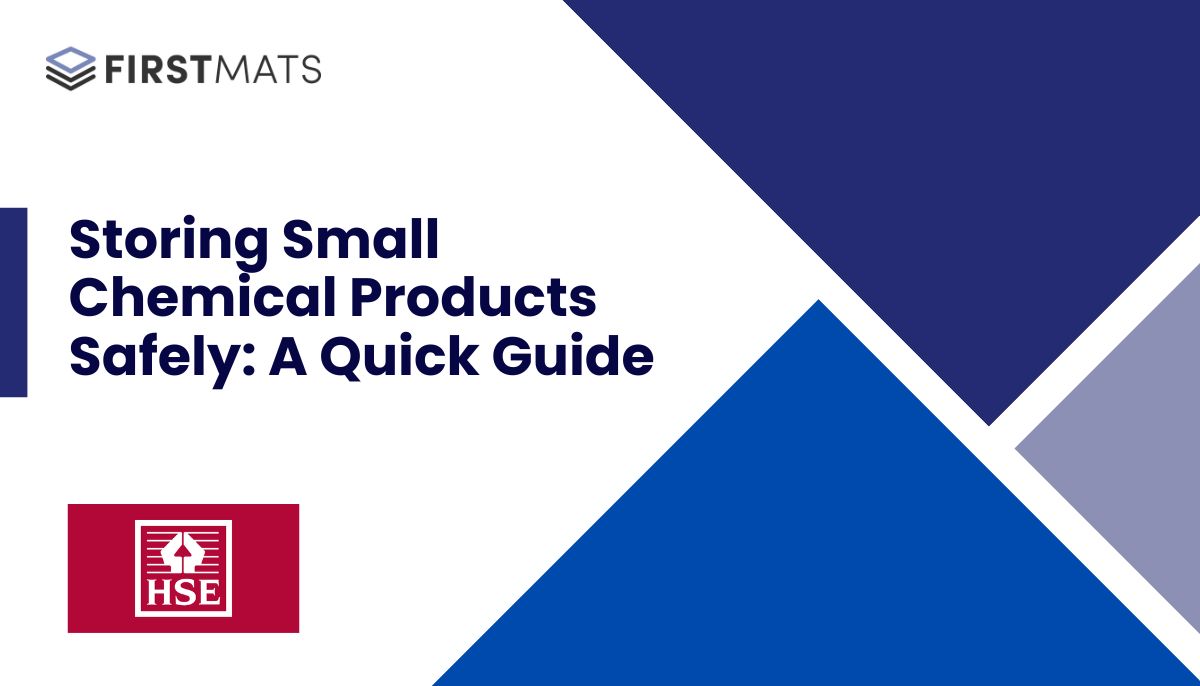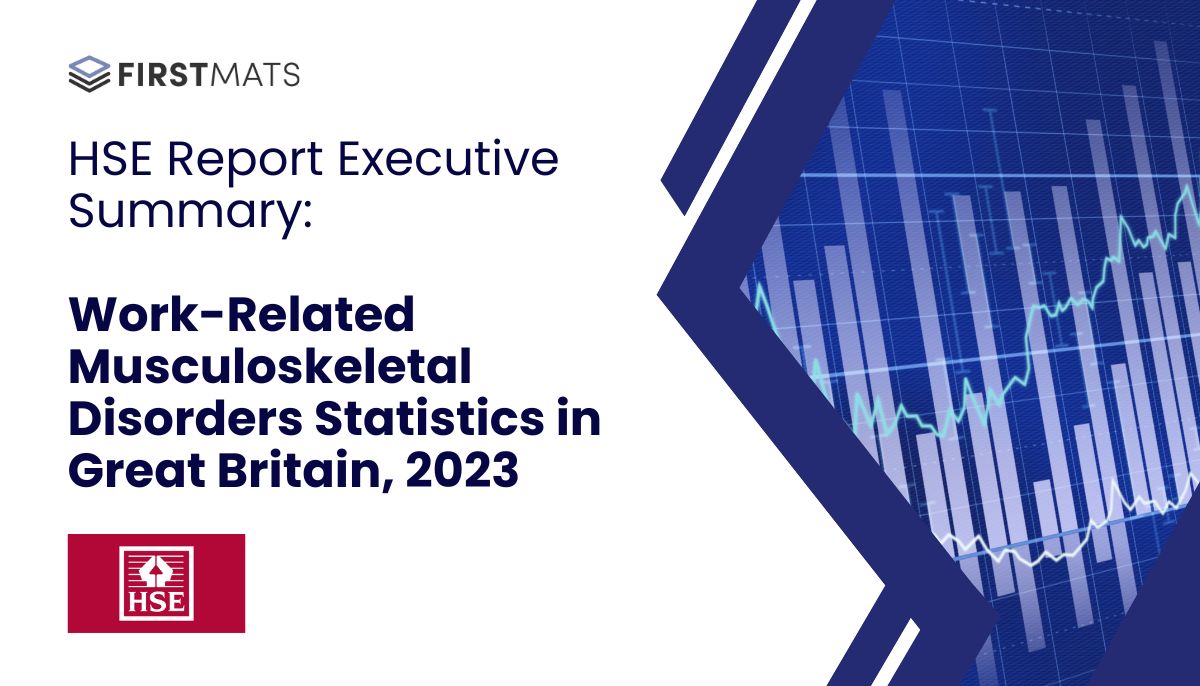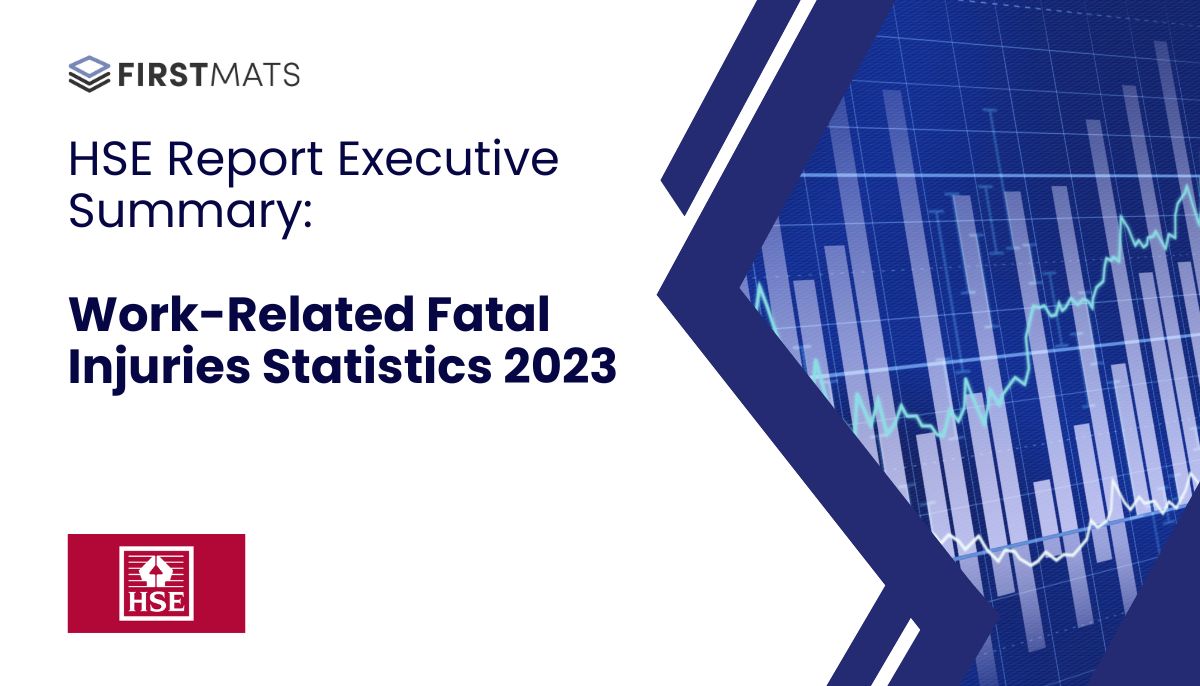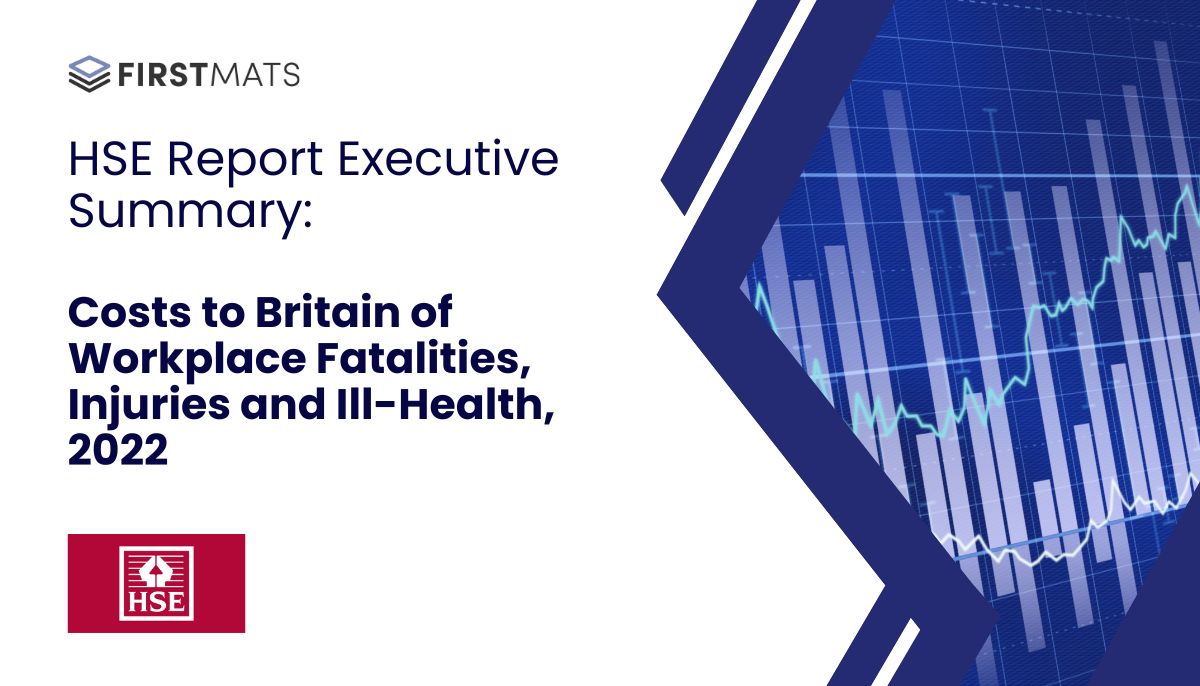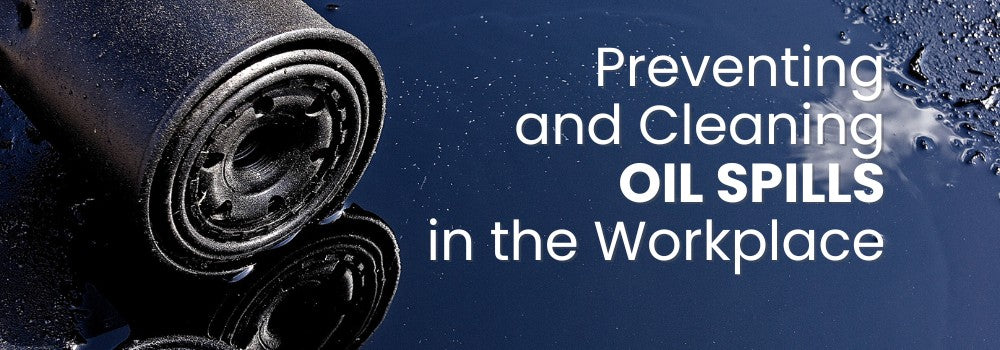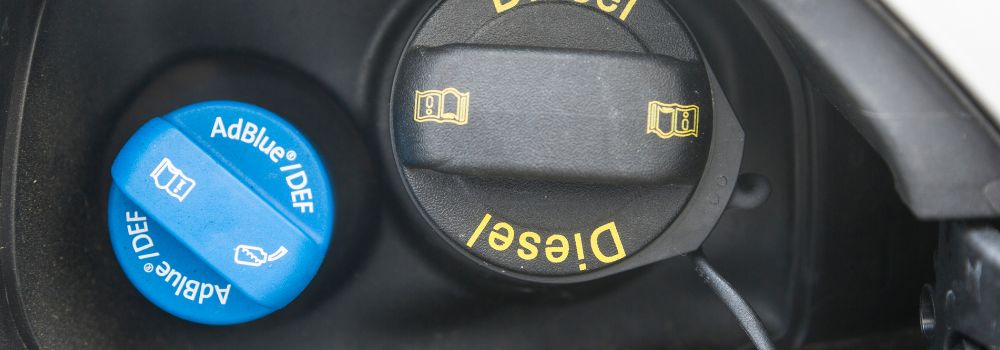How to Prevent and Clean Oil Spills in the Workplace: A Comprehensive Guide

by Richard O'Connor
Aug 09, 2023 | *5 minutes to readWorkplace oil spills are more than just an inconvenient mess; they present serious risks to employee safety and the environment. Several pieces of legislation in the UK, such as the Control of Substances Hazardous to Health Regulations 2002 (COSHH) and the Environmental Protection Act 1990, emphasise the importance of spill prevention and containment. Failure to comply with these laws can lead to significant fines, reputation damage, and environmental harm. This article will explore the various methods and equipment designed to prevent and clean up workplace oil spills, helping you adhere to these regulations and maintain a safe working environment.
Preventing Oil Spills
Preventing oil spills is an essential aspect of workplace safety and environmental responsibility. It is not merely about reacting to spills when they occur but taking proactive measures to ensure that they don't happen in the first place. This preventative approach promotes a safer, cleaner workplace.
By utilising spill containment systems, checks and training, businesses can comply with legal requirements and foster a culture of care and responsibility.
1. Spill Containment Systems
Proper containment is the first line of defence against oil spills, and a critical tool in this effort is spill containment pallets.
Spill containment pallets are platforms made from chemical-resistant materials that support containers holding oils or hazardous liquids. These pallets are equipped with a grated surface and a containment basin. If a container leaks, the spilt liquid is caught in the basin, preventing contamination of the surrounding area.
In the UK, spill pallets are often required to hold at least 110% of the largest container's volume or 25% of the total volume of all containers on the pallet, depending on which is greater. This not only aids in the prevention of ground contamination but also facilitates clean-up and helps ensure compliance with legal regulations for spill prevention and containment.
2. Regular Maintenance Checks
Routine inspections and maintenance of machinery and storage containers can catch any wear and tear or leaks before they become a problem. Keeping a maintenance log can be a great way to ensure regular checks.
3. Employee Training
Educating employees on safe handling practices, spill prevention techniques, and the proper use of equipment will significantly reduce the risk of spills. Regular training sessions and refresher courses are vital.
If you don’t have the knowledge in-house, contact a health and safety training consultant to keep your workforce updated with the latest spill prevention techniques.
How to Clean Up Oil Spills
Even with the best preventative measures in place, there’s a high possibility that oil spills will happen. For this reason, you should ensure you are prepared for such an event by using the correct equipment and procedures to clean up oil spills quickly.
1. Spill Kits
A spill kit with absorbents like pads, rolls, and granules can make the clean-up process much more manageable. Spill Kits are often used like fire extinguishers, positioned strategically near high-risk areas so that if an accident does happen, you’ll be prepared to deal with it. Various spill kits are designed specifically for oils, ensuring a rapid response to any accident. Ideally, you should have spill kit coverage for at least 25% of the total volume of oil stored on site.

2. Absorbent Pads and Rolls
For any workplace where oils are used regularly, such as assembly lines and machine shops, keeping a good stock of absorbent pads and rolls can be crucial when a spill occurs. They also form part of the prevention techniques by tackling small drips and spills before they become problematic.
These absorbent pads are often made from hydrophobic materials, meaning they will absorb oil and fuel while repelling water. This can be particularly useful when oil and water have mixed, such as outdoors.

3. Mechanical Clean-Up
For larger spills, mechanical equipment like skimmers and vacuums might be necessary. These tools are designed to remove large volumes of oil quickly and efficiently. Ensure that any machinery you use suits the specific types of oil used.
4. Waste Disposal
Avoid storing waste oil on site for any longer than needed. Barrels and containers are always at risk of being knocked over or damaged, creating a potentially hazardous oil spill. Proper disposal of oil-soaked materials is crucial for environmental compliance. Utilising licensed waste disposal services ensures that materials are handled according to legal guidelines.
Spill Reporting
If a spill occurs, reporting it according to the regulations and conducting a root cause analysis will help in understanding the reason behind the spill, further preventing future occurrences.
Conclusion
Preventing and cleaning up oil spills in the workplace is a multifaceted task that requires a comprehensive approach. Being prepared is essential, from preventative measures like proper containment systems and regular maintenance checks to clean-up equipment like spill kits and absorbent barriers.
Ensuring proper disposal and understanding of relevant UK legislation is vital to compliance. By investing in these preventative and clean-up strategies, businesses can maintain a safe working environment while also doing their part to protect the planet. This article aims to be a helpful guide in equipping businesses with the necessary tools and knowledge to handle oil spills responsibly and effectively.
Explore More Topics
Frequently Asked Questions
If you have any questions, we’re here to help
How long does delivery take?
Each product comes with a specified lead time for delivery. We'll keep you informed if there are any delays in meeting this timeline.
Typically, once you’ve finalised your order and approved the proof, it will take 4-5 business days to make and deliver your finished mat.
If my order is damaged, can I return or exchange it?
Got a problem with your order? If something's not right or you're not thrilled with the quality, just let us know within 14 days of getting it. Drop us a line, and we'll tell you what to do next—usually, it starts with you sending us a photo of the issue. Once we check that out, we'll sort you out with a refund or a new item, no fuss.
Can I get my mat delivered more quickly?
Need your item in a hurry? Just Contact us to explore the faster delivery options we might have for you!
If my custom mat is damaged, can I return or exchange it?
Got a problem with your order? If something's not right or you're not thrilled with the quality, just let us know within 14 days of getting it. Drop us a line, and we'll tell you what to do next—usually, it starts with you sending us a photo of the issue. Once we check that out, we'll sort you out with a refund or a new item, no fuss.
























